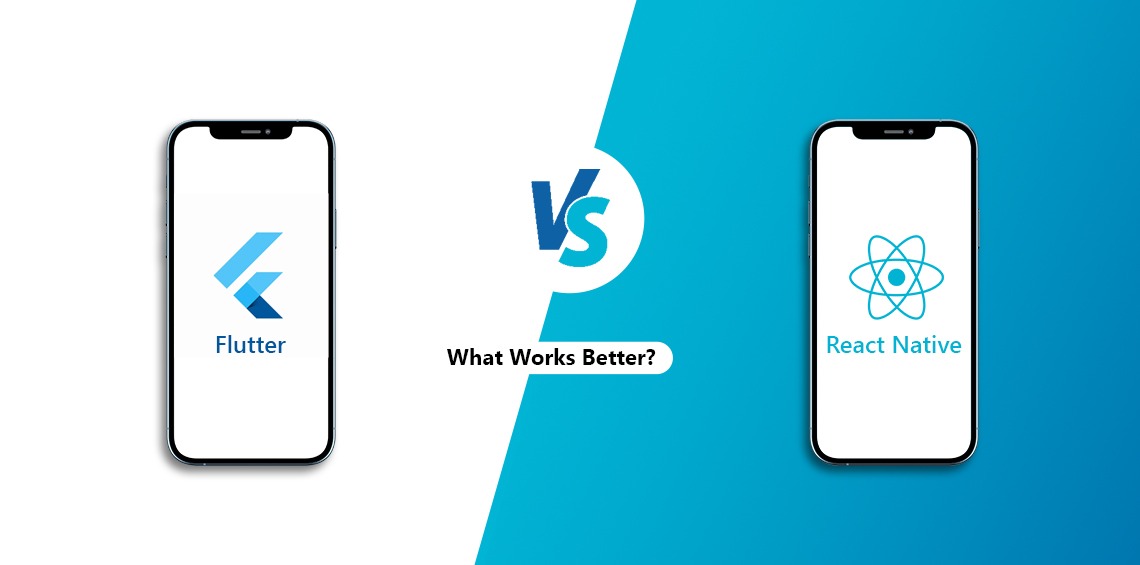Cloud-native Development is an evolution of software development that takes advantage of cloud computing technologies to create applications that are more efficient, scalable, and secure. This evolution includes the use of Microservices, Containerization, and other Cloud-native technologies to make applications more agile, flexible, and resilient. Additionally, cloud-native development focuses on automation and Continuous Integration/Delivery to improve the speed and reliability of software releases.
Although cloud-native and cloud-based apps are sometimes confusing, they are two distinct types of apps with different development practices, performance, and other key components. Cloud-native applications are made to exist in the cloud, while cloud-based solutions are architecture for deployment in traditional data centers. With the help of cloud-based technologies developers reduce their operational tasks and build applications faster with a comprehensive, standards-based platform.
Below table shows the evolution of the software development

Evolution of Software Development
Cloud-Native Architecture:
Cloud-native architecture concerns the design of applications or services that are built precisely to exist in the cloud. The architecture includes Microservices, lightweight containers, Serverless Functions, APIs, Kafka, CI/CD, and DevOps.
Tools / Platforms for Cloud-Native App development:
There are several software tools used in the development of Cloud-native applications. Together, they create a development stack. Here are a few tools but not limited to:
1. Containerized – Apps are virtually packaged in containers. They provide isolated, scalable, and portable solutions for microservices; they are fast to create or discard, making them ideal for building and running Microservices.
- Docker: Docker is an open-source platform that uses containers to deploy and manage virtualized applications using a common OS, isolating resources so multiple containers can use the same OS without conflict.
- Kubernetes: Kubernetes platform manages and orchestrates Linux containers, figuring out how and where the containers will run.
2. Microservices – Microservices is an architecture design pattern in which larger applications are built as a suite of independent modular components or services in which each one represents one independent business function. Each app consists of multiple small services that can be run separately by different development teams. Each team can work at its own pace to create, deploy, and scale its service.
3. Serverless Functions – Serverless platform lets developers create, run, and scale applications without managing any infrastructure. Developers easily create applications and port them to other on-premises and cloud environments.
4. Kafka – Kafka is primarily used to build real-time streaming data pipelines and applications that adapt to the data streams. Data is stored and analyzed historically and in real time with this combination of messaging, storage, and stream processing.
5. Terraform – Terraform is a tool for implementing Infrastructure as Code, allowing users to define resources as code and track changes with version control.
6. DevOps – Component in cloud-native application development enables faster, more frequent, and more consistent software updates with no impact on end-users.
- CI/CD: Cloud infrastructure consists of storage, virtualization software, servers, networking, orchestration tools, application programming interfaces, and API-enabled command-line. GitLab is a CI/CD software that automates software testing and deployment and provides features for security analysis, static analysis, and unit tests.
Therefore, cloud-native applications are independent services that are packaged as self-contained, lightweight containers. Container orchestrations such as Kubernetes manage the lifecycle of the containers, and CI/CD pipelines automate the application’s building, testing, and deployment. They can be able to support a next-generation cloud without relying on physical servers.
Benefits of Cloud-Native Application Development:
Cloud-native applications are:
- Independent: Cloud-native applications can be built and managed independently of each other using container-based architectures. This makes it possible to deploy and manage them individually.
- Resilient: A cloud-native application is designed to remain available and functioning despite infrastructure outages.
- Standard: Cloud-native services are often based on open source and standard-based technology to increase interoperability and workload portability, reducing vendor lock-in.
- Agile: Cloud-native applications are more flexible and easier to develop and deploy than traditional applications due to their smaller size and flexible deployment options.
- Automated: Cloud-native applications use DevOps automation to enable Continuous Delivery and deployment of software changes and allow to use of methodologies such as blue-green and canary deployments to improve the apps without disrupting the user experience.
- Zero downtime: With the help of container orchestrators such as Kubernetes, you can deploy a software update with minimal disruption and no downtime.
Cloud-native development is a powerful solution for modern businesses, allowing them to easily scale their operations and build applications that can respond to the changing needs of their customers. By leveraging the flexibility and scalability of the cloud, businesses can create innovative solutions for their users.
These technologies are beneficial for businesses requiring hyper-scale applications, zero downtime, frequent application updates, and a large volume of customer traffic.
Enquire more about our cloud-native development solutions at info@appstekcorp.com



